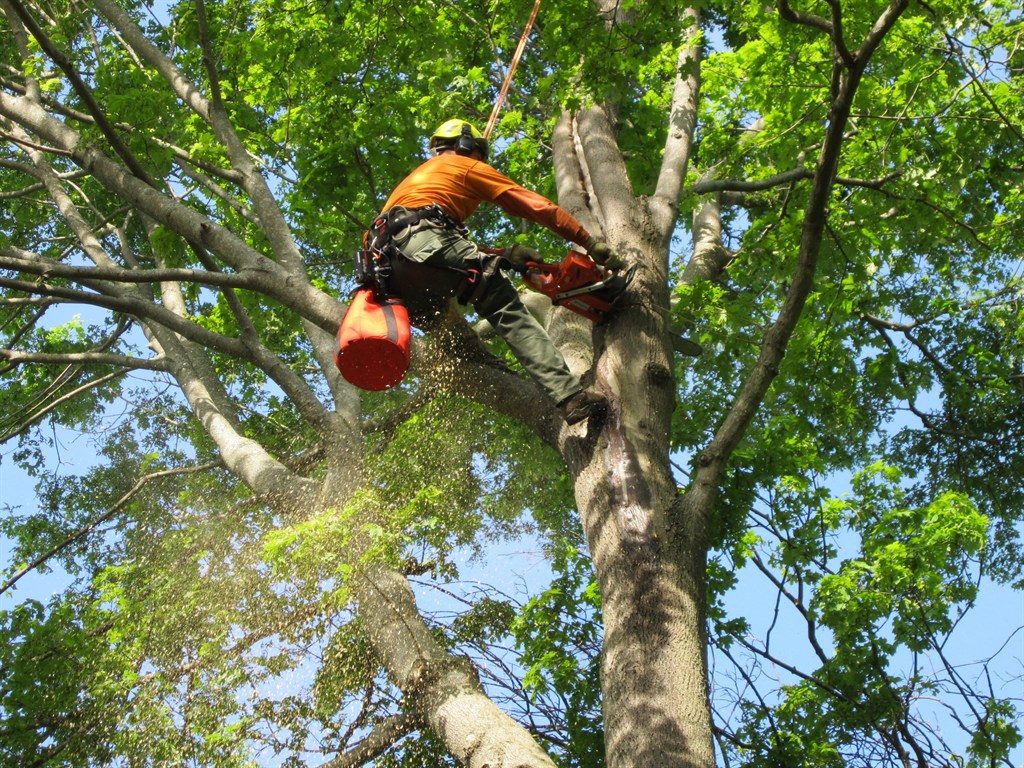Tree Care Experts in Play: Building the Perfect City Forest
In a progressively urbanized world, the importance of maintaining a vibrant and thriving canopy of trees cannot be overstated. Tree care professionals play a crucial role in this effort, acting as the guardians of our green spaces. With their expert knowledge and skills, certified arborists are essential for ensuring that trees not only survive but flourish in an city environment. They recognize the delicate balance between improving visual appeal and safeguarding the structural integrity of our city trees.
As cities expand and evolve, the need for expert tree care becomes more evident. From identifying tree diseases to performing risk assessments, arborists offer invaluable services that go beyond mere landscaping. Their skills helps property owners make informed decisions about tree care, ensuring that our urban forests can sustain to provide vital benefits such as better air quality, cooling, and habitats for wildlife. In this article, we will explore the different facets of arboriculture and discuss why hiring a certified arborist matters for the health of our urban canopy.
The Importance of Hiring Licensed Tree Care Specialists
Engaging a qualified arborist is essential for ensuring the well-being and longevity of the trees. Certified arborists possess a thorough understanding of tree biology, pest control, and the unique requirements of various tree types. Their education equips them to identify potential issues early, recommend the proper treatments, and implement optimal care strategies. This knowledge is invaluable, particularly in metropolitan environments where trees face specific stresses and difficulties.
In addition to their technical knowledge, certified arborists follow industry standards and best practices. They are educated in safety protocols, which is important when working with large trees in home or commercial settings. By hiring Helpful site licensed expert, property owners can mitigate risks associated with tree care, making sure that the job is done properly and effectively. This not only safeguards those engaged in the work but also secures property and nearby structures.
Furthermore, qualified arborists can help enhance the overall aesthetic and ecological worth of the property. They are capable to make informed choices regarding tree placement, pruning techniques, and ongoing care schedules. These choices can significantly impact the growth patterns and health of the trees, leading to a more vibrant and eco-friendly landscape. Investing in qualified expertise means valuing the health of your trees and, by extension of that, the environment in which they thrive.
Comprehending Tree Care Methods & Techniques
Tree care professionals use a variety of distinct techniques to guarantee the health and vigor of urban trees. One key practice is tree pruning, which consists of cutting away particular branches to refine its form, boost aesthetics, and support healthy growth. Certified arborists understand the biology behind pruning, such as the best times for cuts and methods that minimize strain on the tree. This knowledge helps maintain the balance between tree health and safety, especially in city environments where trees live closely with infrastructure and human activity.
Another critical aspect of an arborist’s work is plant health evaluation. Arborists are skilled to recognize signs of strain, disease, or injury in trees. They apply methods such as visual inspections, bark examinations, and, if needed, advanced diagnostic tools. Understanding tree physiology enables them to identify issues like nutrient deficiencies, pest infestations, or fungal infections, guiding the appropriate treatment strategies that maximize tree recovery and longevity.
Metropolitan tree care also demands that arborists stay informed about environmental factors that affect tree health. This comprises awareness of local soil conditions, climate impact, and community planning initiatives that might shape tree growth. Arborists implement sustainable practices, such as encouraging biodiversity and using organic treatments, to nurture resilient urban canopies. Their role extends past immediate tree care to sustained urban forestry goals, ensuring that cities can maintain thriving green spaces for generations to come.

Frequent Arboricultural Problems and Solutions from Tree Care Professionals
Tree Care Experts often encounter a range of arboreal issues that can compromise the health and integrity of city canopies. One typical problem is water tension, which can make trees vulnerable to disease and pests. Tree Care Professionals suggest thorough watering methods and mulching to preserve soil moisture, helping trees flourish even in difficult conditions. Identifying the symptoms of water stress early can truly make a impact in a tree's restoration and sustained health.
Moreover prevalent problem is pest infestations, including aphids or wood borers, which can seriously impact tree strength. Tree Care Experts are equipped to identify specific pests and their impacts on trees. They may suggest integrated pest management strategies, which may include natural predators, specific pesticide applications, or promoting beneficial insects. Proper care not only alleviates the pest issue but also strengthens the tree's defenses against future attacks.
In conclusion, structural problems, including weak branches or poor development shapes, can lead to hazardous situations in city landscapes. Arborists frequently use cabling and bracing to provide support to weak branches and enhance stability. Regular checks and preventive care ensure that trees not only remain safe but also improve the general appearance and property value, demonstrating the vital role tree care experts play in our urban environments.